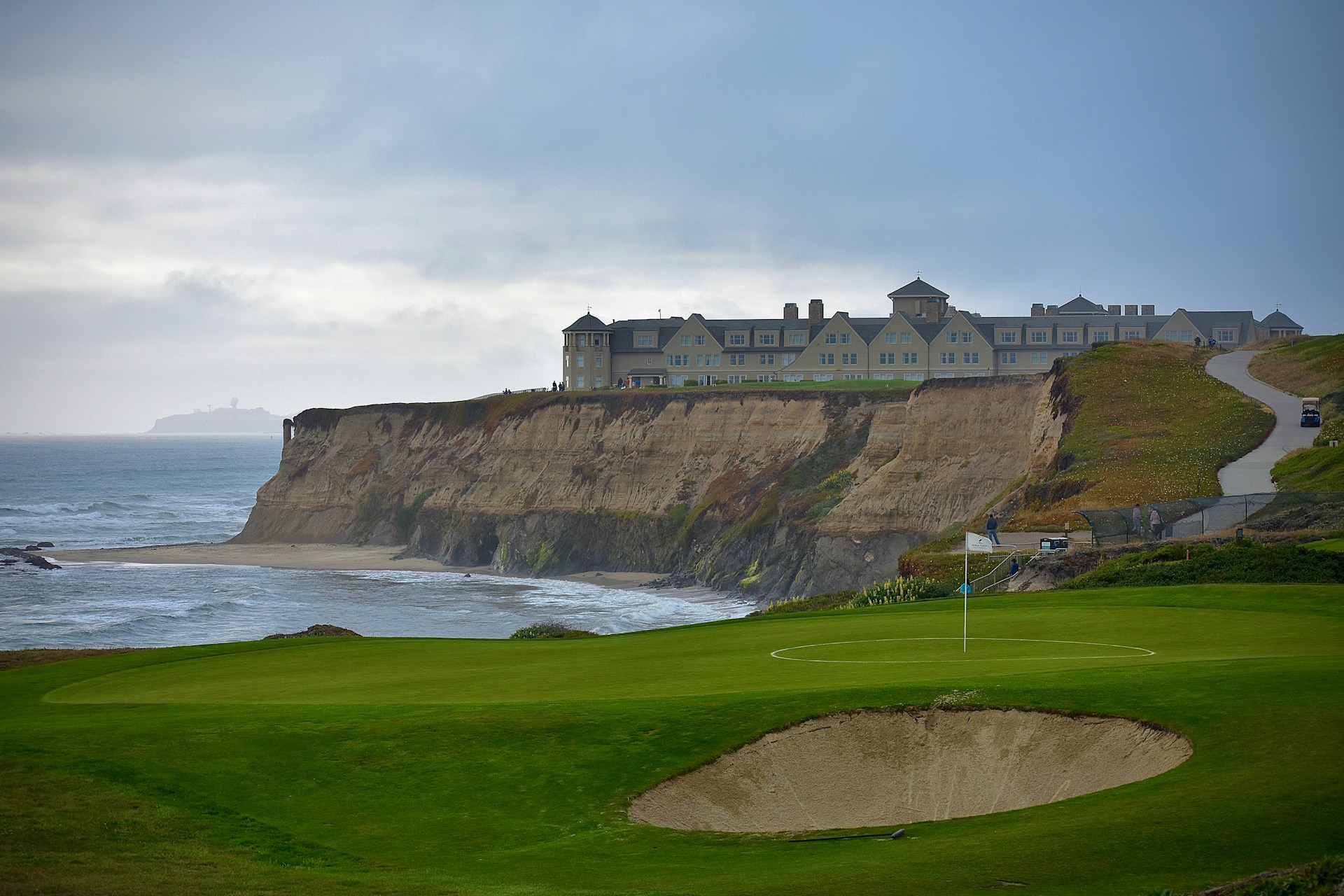
You might work on your golf game every weekend and not have a second thought about the course you play on. Or you are the type of committed golfer who wants to swing your clubs on every type of course. For the experienced player, a test of skill would be to see how you do on a links course. What is a links golf course? It’s the oldest type of golf course to be played on, so if you love a side of history with your game, here’s why a links should be on your list of must-play courses.
What a links golf course is

Technically, you could use the word links to describe any golf course. But it’s one of those all thumbs are fingers, but not all fingers are thumbs deal. All links courses are golf courses, but not all golf courses are links courses.
Links courses are all over the world, with the majority in Great Britain. Since The Open Championship (British Open) started in 1860, it has been played on a links course. The U.S. Open wasn’t played on one until the 2004 PGA Championship, which was held at a links-like course in Wisconsin along Lake Michigan called Whistling Straits.
The difference between a links course and a regular course
It’s good trivia to know links golf courses originated in Great Britain. But what is a links golf course exactly? When it comes down to the details, it’s about climate and topography. For the lay of the land, think uneven greens, plenty of bunkers, and tougher terrain. There aren’t as many trees, the soil will be rough, and the green is more open.
For the climate aspect, be prepared for how the winds will treat your shot without the cover of trees. You play in wet and rainy conditions, being closer to the water. Being by the sea is a key component for a links course.
The type of gameplay on a links course
You won’t go for high, soaring shots when playing on a links course. Because of the wind, you don’t want to give the elements more power than they already have. Low, grounded shots are the smarter choice. Playing a round on a links course requires a different technique. It is more of a mental game instead of trying to hit the ball as hard and far as possible.
How you play on the links course
For a usual game, you play through the 18 holes, one after another. On a links course, it’s a little different. Because of the weather conditions and how the course is set up, you could play nine holes in an outward direction going along the coast, then turn back and play nine holes inward. This allows you to struggle with the different elements in both directions. It’s just nonstop fun in the wet wind.
The oldest links golf courses

Golf fan or not, the history of links courses is pretty cool. But if you love the game, standing on a course hundreds of years old that has had historical figures lining up at the same holes must be quite an experience.
St. Andrews Old Course
The beautiful, rolling hills of Scotland claim the honor of the first links golf course. St. Andrews, Fife, Scotland, is affectionately referred to as the home of golf, where you’ll find the oldest golf course in the world. Dating back to the 1400s, St. Andrews Old Course was given its charter in 1552 by Archbishop John Hamilton. The course is open to the public, and even if you have never swung a club before, the history should be enough to draw you to play a round. Or at least putt around.
Montrose Golf Links
The first backswing took place at the Montrose Golf Links in Montrose, Scotland, in 1562, making it the fifth oldest golf course in the world. Legends like Willie Park Jr. and Old Tom Morris played a game of par 73 over the 6,585 yards of green with a view of the Angus coast.
Musselburgh Links
With a dated entry of play of 1672 in the Account Book of Sir John Foulis of Ravelston, Musselburgh Links is a 9-hole course sitting on just under 3,000 yards. But if you love history, there are unofficial records that Mary, Queen of Scots, practiced her swing on the grounds in 1567.
Links courses in the United States

If a trip to Great Britain or Ireland isn’t in the budget, there are four links courses in the U.S. to take a swing at. Others could be loosely classified as a links course, but for strict quality control purposes, we want all criteria met. If you make it to Oregon, you could tee up at three links courses.
- Old Macdonald in Bandon, Oregon
- Bandon Dunes in Bandon, Oregon
- Pacific Dunes in Bandon, Oregon
- Highland Links in Truro, Massachusetts
According to The Links Association, which sets the criteria for what courses qualify, there are 247 links courses in the world, mostly in Great Britain. What is a links golf course? It’s all about the location near the water and the natural beauty of these specific courses. If you enjoy the game of golf, see how well you do while battling the wind at every hole on a links course.



